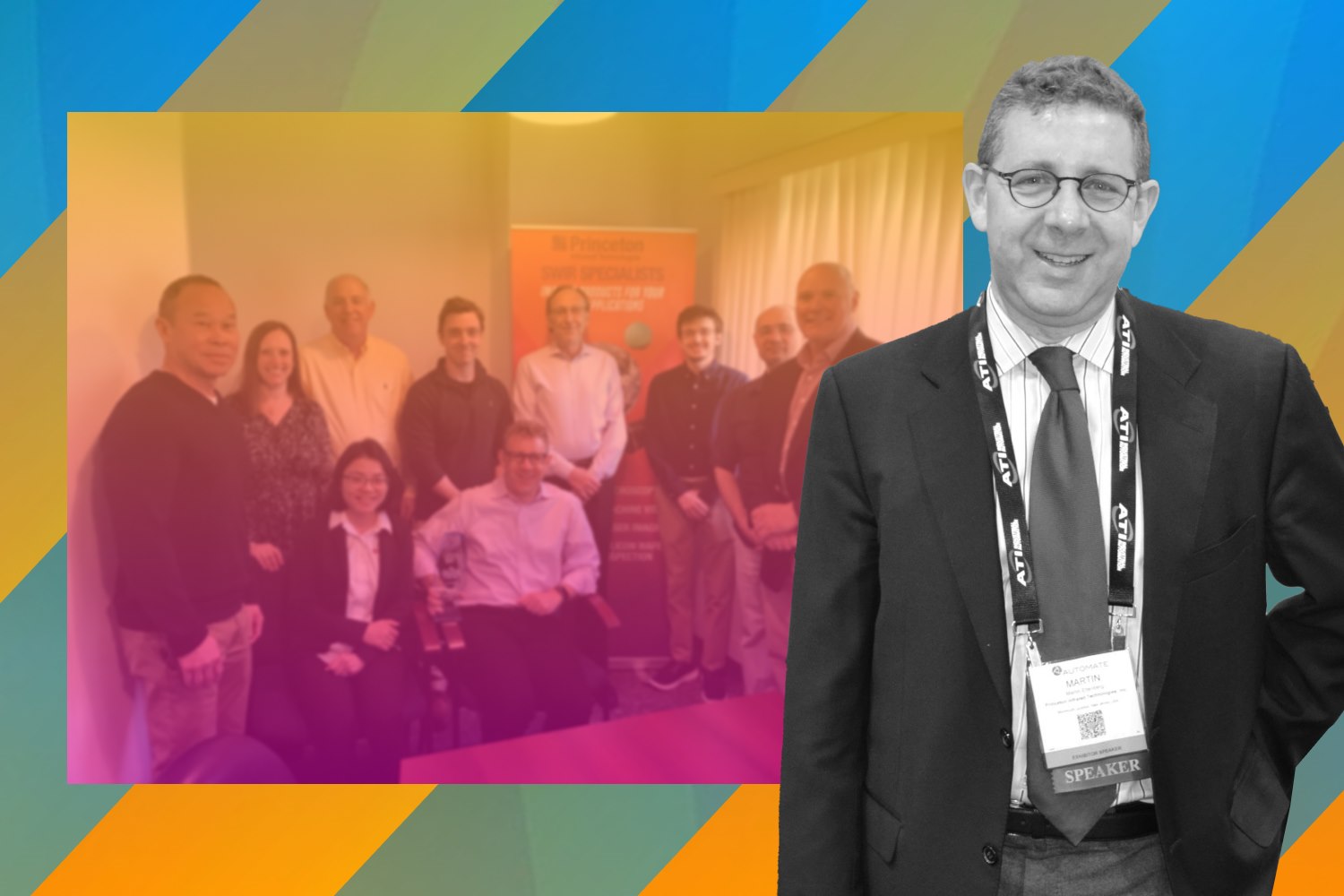Innovating Against the Odds: Martin Ettenberg’s Journey in Defense Tech
In the fast-paced world of technological innovation, individuals like Dr. Martin Ettenberg stand out for their unique blend of technical prowess and business acumen. With a background deeply rooted in engineering, particularly in photonics and imaging, Ettenberg possesses a keen understanding of the intricacies of technological development.
However, what sets him apart is his ability to seamlessly bridge the gap between technical complexities and commercial viability.
Yet, what truly sets Ettenberg apart is his holistic approach to product development. While many may excel in either technical or business realms, Ettenberg effortlessly navigates both.
Martin Ettenberg: Forging Paths from Academia to Entrepreneurial Heights
Martin Ettenberg armed with a formidable educational background in material science acquired from esteemed institutions like Cornell University and the University of Virginia.
“Went on to graduate school at the University of Virginia, got my master’s and PhD actually in seven conductor materials dealing with thermoelectric, which are little devices that semiconductor heat pumps electricity through. On one side gets hot, one side gets cold. Actually, it was a Navy project for cooling systems on submarines back when we were working on CFCs replacements, and they weren’t there yet, and the Navy was trying everything,” said Ettenberg.
His expertise in thermoelectrics proved invaluable in exploring innovative approaches to submarine refrigeration, leveraging the vast heat sink provided by the ocean.
“CFC was a fluorocarbon used for the replacements for refrigerant gases. When there was a hole in the ozone layer, we were trying to get the Navy had to get rid of all their refrigerants, and they had to switch off. So thermoelectric is a great idea because submarines have a giant heat sink being the ocean, and they have a huge power plant in the back to play as much electricity as possible,” said Ettenberg.
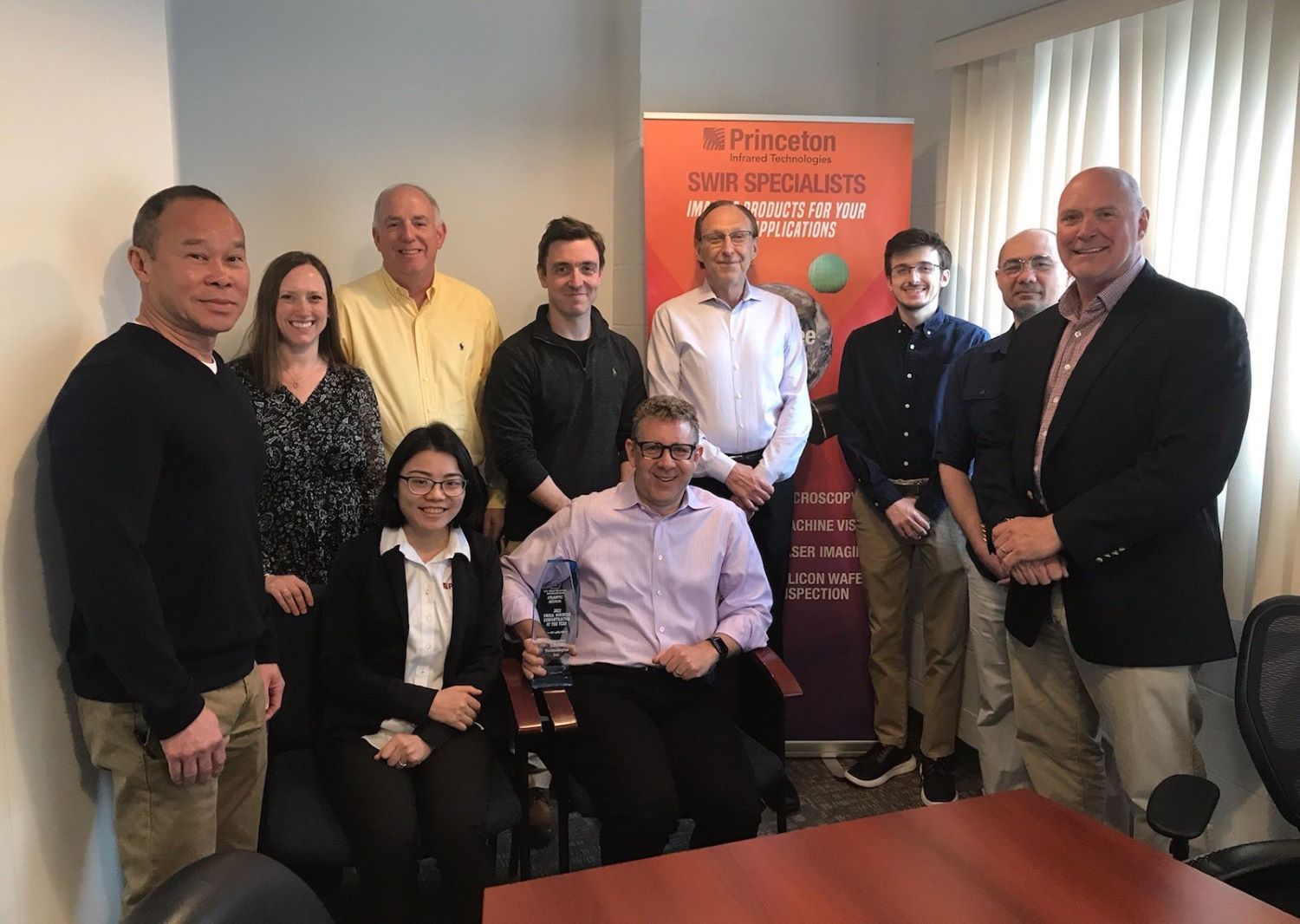
It led him to his first job at a company called Sensors Unlimited, where his knowledge of semiconductors and thermoelectric found new applications in optoelectronics and gas detector arrays.
Ettenberg’s leadership abilities became apparent as he delved into project management and development.
“Start off as a bench scientist and then became a technical program manager, I was doing program management as well as technical stuff and development. And then I wanted to do more things, and we were a small business, and my boss said, ‘all right, go out and get money, go write proposals.’ And so, I said, ‘okay’,” said Ettenberg.
“And so, I started winning more proposals than I could do, and then I moved to Business Development actually and started doing sales and Business Development. And really enjoyed that because I was one of the few Business Development people that actually really understood the technology, and so I could write really well,” he added.
Ascending to the position of Director of Research Development and Business Development, Ettenberg navigated the dynamics of small business operations.
However, his experience took a turn when Sensors Unlimited was acquired by Goodrich Corporation. Despite acknowledging Goodrich as a reputable company, he realized that the culture of a large corporation did not align with his professional aspirations, prompting him to seek alternative paths.
“So, I left and started dabbling in some other companies for a while. But I kept getting calls for consulting on shortwave infrared, and the question was always, ‘What’s going on in Sensors Unlimited?’ That was always question number one. And then question number two, which I didn’t know the answer to because I left a couple of years, was ‘Why are these in-gas detectors so expensive?’ By the third or fourth phone call, you’re kind of thinking, ‘Well, I think there should be a business here,” said Ettenberg.
Persistent inquiries about the high costs of in-gas detectors and the ongoing innovations at his former company sparked his entrepreneurial instincts. Recognizing an opportunity, he embarked on the ambitious task of formulating a business plan, rallying Angel Investors, and securing small business innovation research (SBIR) grants.
Despite initial setbacks, characterized humorously as being “two for twenty” in securing SBIRs, Ettenberg’s determination remained unwavering.
“I started putting a business plan together and got some Angel Investors together and won some small SBIRs. I’ll admit I was very unsuccessful since, his unlimited winning SBIRs, the joke was I was two for twenty, and people would actually take my proposals. Other people in my group would take my proposals and rewrite them slightly, and they would win the same idea,” said Ettenberg.
As he delved into consulting on SWIR imagers, he found himself repeatedly confronted with fundamental questions, as mentioned above. Instead of offering a standard response about volume and custom foundries, Ettenberg delved deeper into the issue.
He observed the strategies employed by counterparts in the silicon imager world and realized a critical insight: leveraging outside foundries with larger volumes, superior equipment, and more uniform processes could drive down costs and enhance quality in imaging products
Thus, Princeton Infrared Technologies was born with a clear mission: to democratize SWIR imaging by making it more accessible and affordable. While the focus initially rested on pushing performance boundaries to their limits, Ettenberg recognized the need for a paradigm shift.
“For years we were focused on pushing the performance to its limits but that comes at a cost, the same reason a Ferrari is more expensive than a Toyota. In most cases, a Toyota will meet your needs. Yes, we all want Ferrari performance, but we can’t all afford that level of performance, nor do we need that level of performance to meet our imaging goals. We are building our SWIR imagers to meet the needs of the machine vision and spectroscopy customer, at an affordable price,” said Ettenberg.
Dual-Use Philosophy: Leveraging Innovation for Commercialization and Evolution
Dr. Martin Ettenberg’s philosophy embodies a pragmatic approach to technological development, emphasizing the importance of leveraging innovations across multiple domains.
Central to his mindset is the concept of utilizing advancements to drive commercialization and subsequent evolution into new applications.
An illustrative example of this philosophy can be found in Dr. Ettenberg’s discussion of the gimbal system program. Originally developed within a government-funded research program, the technology behind the 640 by 512 array served as the foundation for further innovation.
Through iterative refinement and adaptation, the technology transitioned into a commercial product, demonstrating its versatility and adaptability.
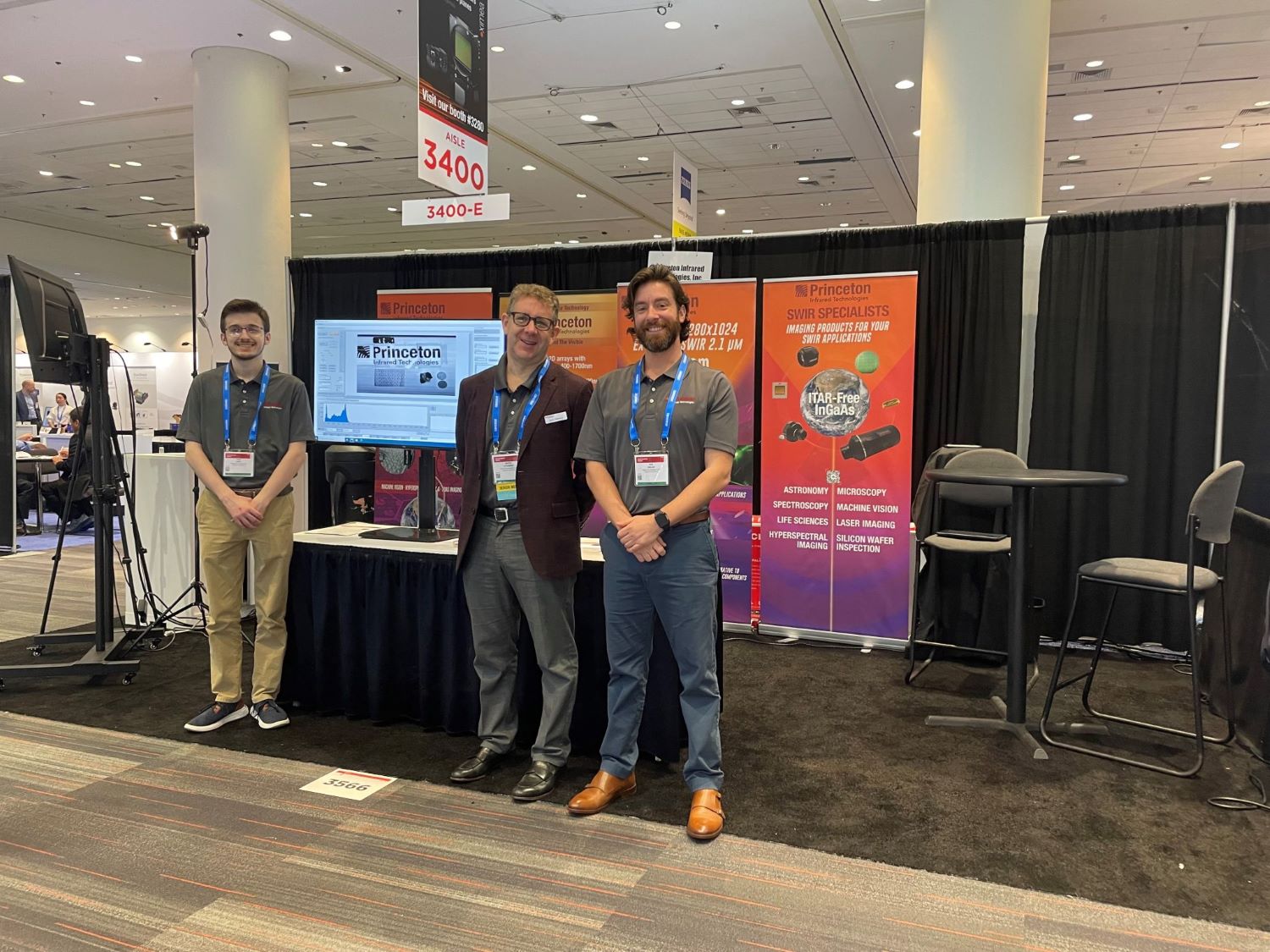
One key aspect of Dr. Ettenberg’s philosophy is the recognition of dual use potential. Despite challenges posed by ITAR restrictions, he emphasizes the importance of commercial demand in driving innovation. By catering to both civilian and military needs, technologies can reach their full potential and benefit a broader spectrum of users.
“Like the government always wants things cheaper and better, and I’m happy to get it to them, but you need that commercial pull. And sometimes it’s hard to sell to those when there are these big military DOD ITAR restrictions around them,” he said.
Furthermore, Dr. Ettenberg acknowledges the iterative nature of technological development. As products are refined and production scales up, they inherently improve in quality, efficiency, and longevity.
Unlocking Opportunities: Navigating Federal Programs for Business Growth
Martin Ettenberg shares insightful reflections on navigating the competitive landscape of government contracts and technological innovation. He delineates two primary avenues through which small companies like his pursued opportunities in the defense sector.
The first avenue involved collaborating with entities such as Army Night Vision Labs or Air Force Research Labs. These collaborations centered on specific research topics aligned with broad agency announcements (BAAs).
While large contracts often eluded smaller firms, Ettenberg’s strategy involved capitalizing on the residual opportunities that emerged once major players had secured their shares. He describes how his company, despite its size, sought out smaller contracts within the BAAs, offering high-risk, high-reward solutions in contrast to the safer bets pursued by larger contractors.
“We were small companies so we weren’t going after the tens of millions of, the right, even couple millions of those were, half-million dollar to million-dollar contracts, and those would fit nicely in those BAAs,” Ettenberg said.
“Our strategy was, because we were a small company, we kind of went for the dollars that fell off the table when the big boys were done pounding them. So, the big boy, they’d be like ‘oh we’re going to issue two contracts or three contracts in this giant thing’, and they’d all be fighting over the tens of millions of dollars right and it wouldn’t divide up all nicely.” he added.
The second avenue comprised pursuing BAAs issued by organizations like DARPA, known for their ambitious and groundbreaking projects. Ettenberg’s company aimed to capitalize on the innovative nature of DARPA initiatives, leveraging its agility to explore novel technological frontiers.
Ettenberg emphasizes the importance of establishing early communication with technical points of contact, recognizing the inherent challenges of navigating BAAs. He underscores the advantage held by larger corporations with dedicated business development teams and contrasts this with the resource limitations faced by smaller entities.
“I always call and speak to the technical point of contact. There’s only so much they could put into that paragraph or two paragraphs, and we always try to call on those BAAs. They were hard because by the time the BAA came out usually you couldn’t talk to anybody,” said Ettenberg.
Reflecting on shifts in the landscape of infrared imaging technology, Ettenberg notes the maturation of the field and the evolving nature of government funding mechanisms. He acknowledges a decreased emphasis on BAAs in favor of more system-oriented goals, signaling a changing paradigm in defense procurement.
“I will say infrared imaging technology is a lot more mature than it was when I was doing this 15, 20 years ago. We were at the beginning of the infrared imaging hour so there was a lot of money around and BAAs I can went into, now they’re less common, they’re more system goals and I’m not a system guy,” Ettenberg said.
Balancing Technical Insight with Operational Understanding: Approach to Business Development
Dr. Martin Ettenberg emphasizes the critical importance of understanding both the technical and operational aspects of technology in business development and proposal writing.
He holds a rigorous standard for business development professionals, insisting that they comprehend the underlying technology behind the proposals they promote.
“I’m tough on Business Development guys, yeah, because I feel a lot of them don’t understand the technology,” he said.
“Just having a business development person, none of the same technology, I believe especially these technology plays, you really have to understand technology, not the system end of things, I do think that’s helped me, my Engineers joke around that I turn to the dark side because I do a lot of sales stuff but I’ll admit I do as much as I enjoy solving engineering problems, I also like being creative and knowing what the technology can do, and that kind of gets me excited,” Ettenberg said.
Ettenberg’s perspective is shaped by his deep technical expertise in photonics, imaging, and digital processing. While he excels in these areas, he acknowledges his own limitations in grasping the broader operational context of military applications.
He values business development professionals who bring a background as former operators, soldiers, or airmen, as they possess firsthand experience and understanding of operational concepts.
The synergy between technical proficiency and operational knowledge is evident in successful teams. During his tenure at Goodrich, Ettenberg found great value in collaborating with individuals who, while lacking in technical expertise, possessed a deep understanding of operational requirements.
Together, they formed a formidable team capable of bridging the gap between technology and application.
While he thrives on solving engineering challenges, he also finds fulfillment in leveraging his creativity to explore the potential applications of technology.
This duality, often referred to as “turning to the dark side” by his engineering peers, highlights the multifaceted nature of his contributions to the field.
Ettenberg’s Advice: Understanding Customer Needs and Embracing Failure in Business
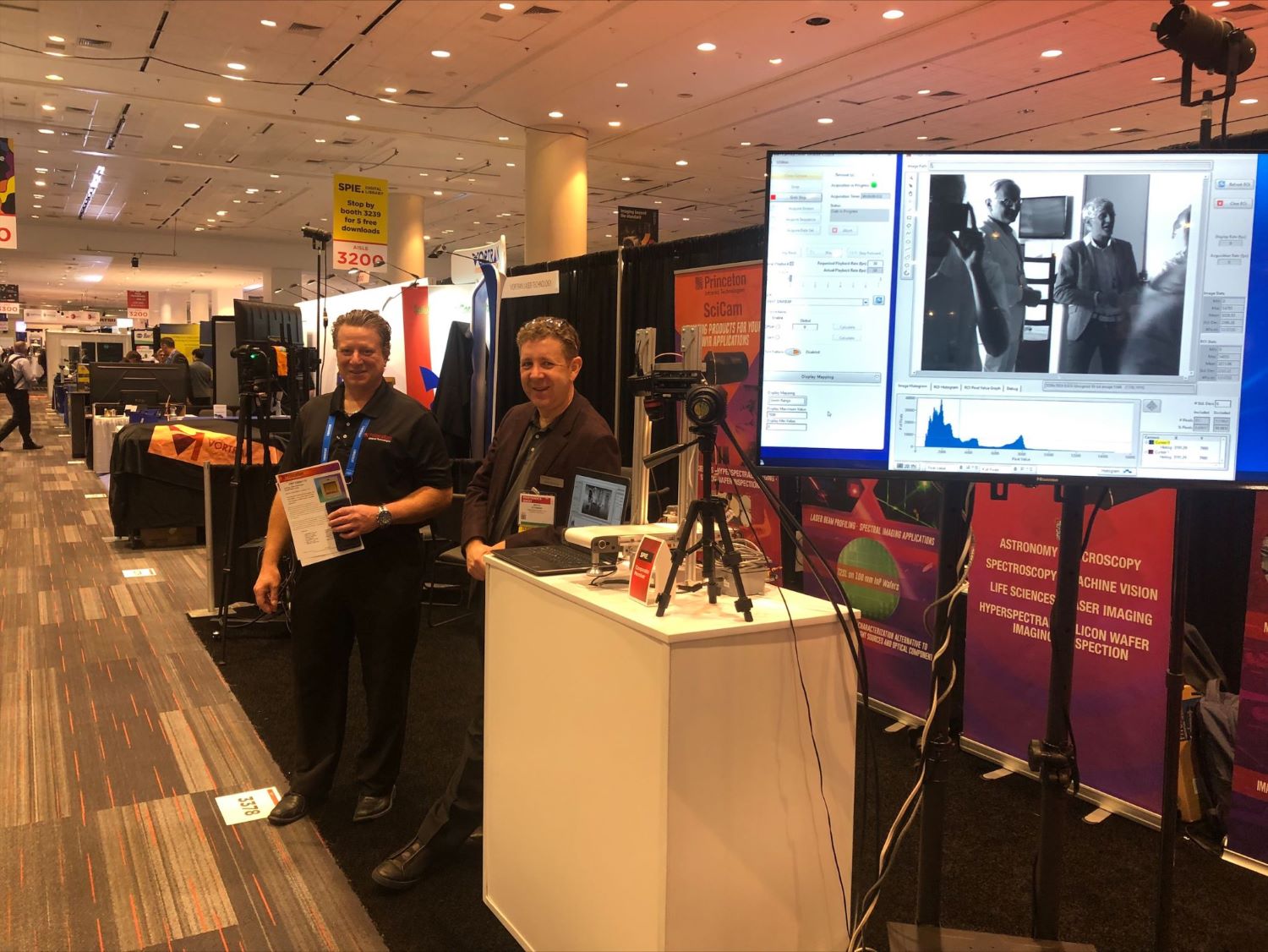
Throughout his years of experience, Dr. Martin Ettenberg has come to emphasize two key aspects crucial for success in business.
Understanding Customer Needs: A Parallel Approach to Selling in Government and Commercial Sectors
In his perspective, the process of selling to government entities isn’t vastly different from selling to commercial counterparts. The key lies in engaging with customers, understanding their needs, and offering solutions that enhance their operations.
Whether dealing with technical program managers or commercial entities, the fundamental approach remains the same. Ettenberg emphasizes the importance of recognizing that customers, regardless of their sector, have specific goals and missions they’re striving to achieve.
By identifying these objectives, sellers can tailor their offerings to make their customers’ lives easier and more efficient.
Ettenberg draws parallels between selling commercial cameras and providing solutions to government customers. In both cases, the goal is to address a technical problem and offer a viable solution.
For instance, if people struggle to capture images with visible cameras, offering shortwave infrared cameras can provide a solution by enabling them to see what was previously invisible.
However, while the basic principles of understanding customer needs apply universally, there are notable differences in the procurement processes between government and commercial sectors.
In the commercial sector, once a proposal is accepted, the process often moves forward smoothly. In contrast, the government procurement process involves additional layers of complexity, such as fair competition requirements and multiple stakeholders involved in decision-making.
In navigating these differences, sellers must be aware of the nuances and intricacies of the government procurement process. This involves understanding the various steps involved, ensuring compliance with regulations, and effectively communicating the value proposition to all stakeholders involved.
Don’t Be Afraid of Failures – They Will Teach You a Bunch of Things
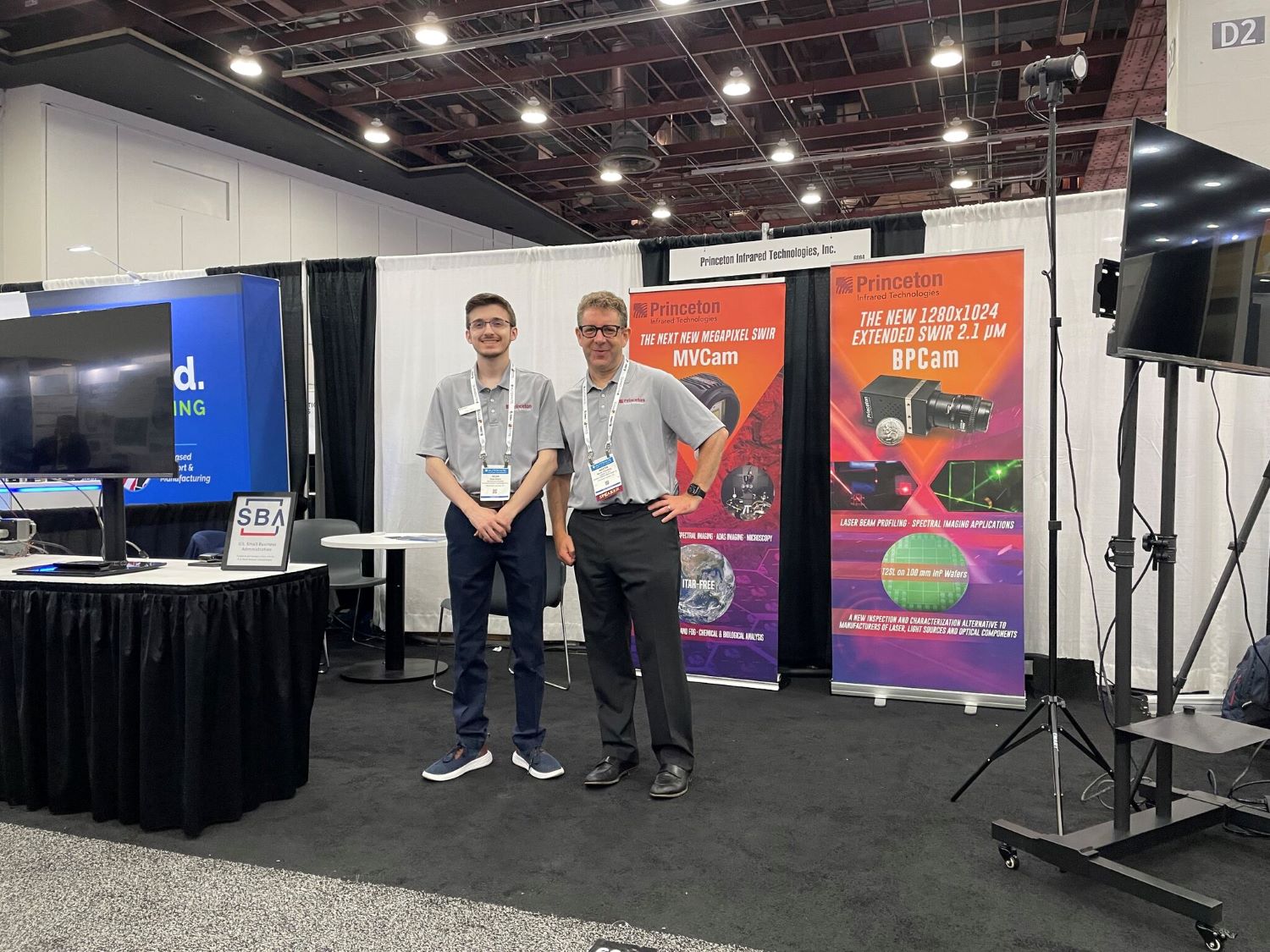
In Dr. Martin Ettenberg’s perspective, success in addressing customer needs boils down to offering a great solution that improves their lives and jobs. Regardless of gender, individuals seek solutions that enhance their quality of life.
However, navigating government procurement processes can be daunting due to numerous rules and regulations. Despite the initial challenges, perseverance is key, even in the face of failure.
Ettenberg candidly shares his own struggles, revealing that he initially faced setbacks in securing SBIR proposals. Despite this, he emphasizes the importance of learning from failures, noting that they offer valuable lessons. He reflects on societal pressure for constant success, highlighting the misconception that failure is unacceptable.
Instead, he asserts that failure can be a powerful teacher, helping individuals understand what not to do.
Ettenberg acknowledges the value of seeking feedback, even if it’s critical. While some feedback may seem unhelpful or even misleading, there’s always something to learn from it.
He encourages individuals to keep an open mind and extract useful insights, even from seemingly unproductive experiences.

